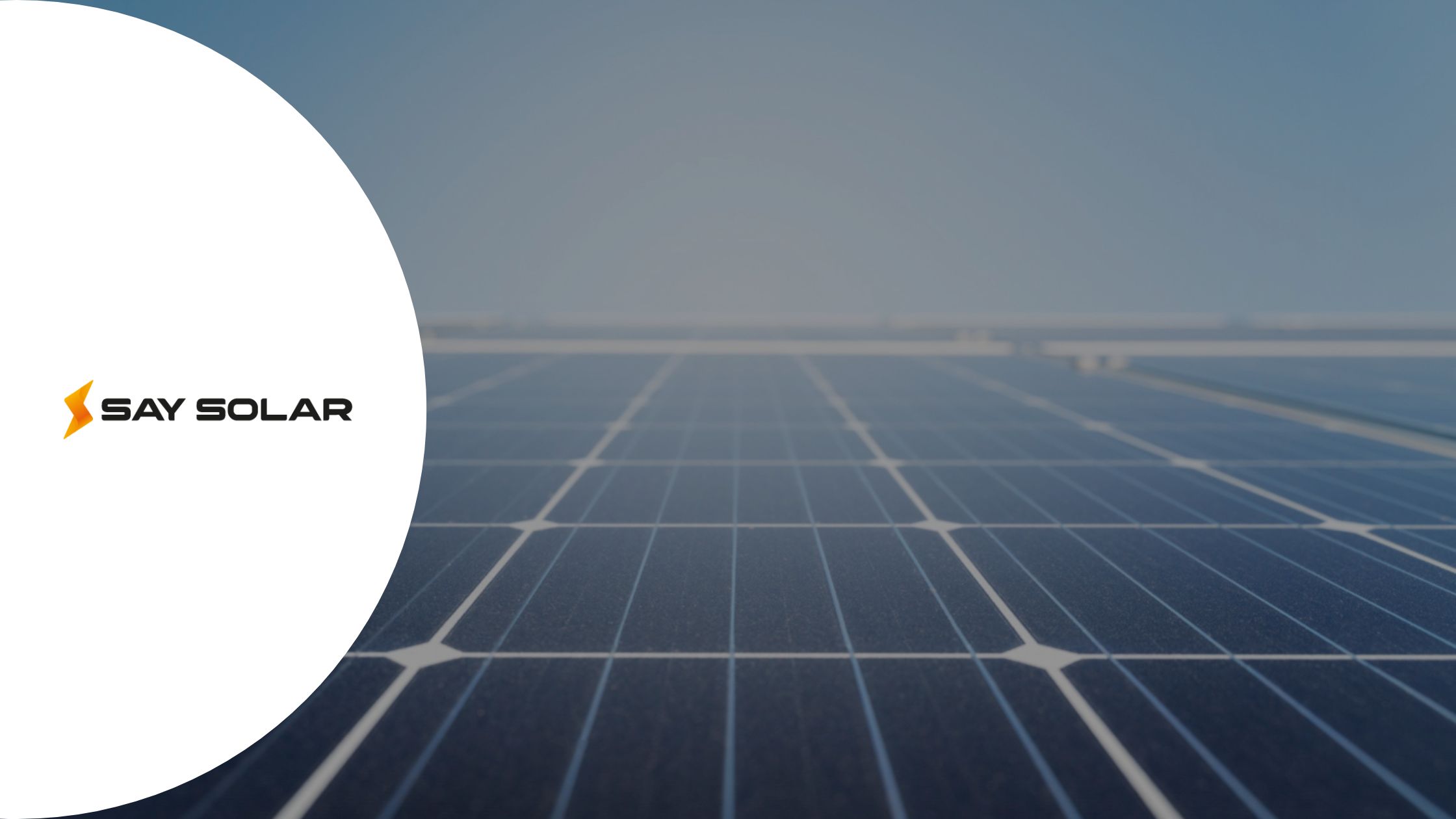Solar Panels | Types of Solar panels | Efficiency & Comparison
Installing solar rooftop systems and switching to solar power for your electricity needs can give you 25 years of free electricity. In fact, in just 24 hours, the Sun emits energy equal to the need for 27 years of our planet earth. If solar panels and solar energy are such a great option, why is everyone not getting such results? It is because it depends highly on what type of solar panels you use for what purposes. Using the same kind of solar panel everywhere is not the optimal solution. Having a brief idea about the types of solar panels and which one to choose depending on your need is mandatory while planning to install solar rooftop panels.
If you don’t understand the types of solar panels and don’t want to waste time going into detail, this article is for you. In this article, we will try to briefly cover what solar panel is & important points about different types of solar panels.
Table of Contents
Understanding Solar Panels
A solar panel is a device that converts sunlight into electrical energy. It is also known as a photovoltaic (PV) panel. Solar panels are made up of solar cells that are connected together to form a larger module or panel. When sunlight hits the solar cells, it causes the electrons in the cells to move, creating a flow of electricity.
Solar panels are used to generate electricity for homes, businesses, and other applications where electrical power is needed. They are often installed on rooftops or in open areas where they can receive maximum sunlight. Solar panels are a renewable and clean energy source, meaning they do not produce harmful emissions or pollutants during operation.
Advancements in solar panel technology have made them more efficient and cost-effective over time, making them a popular choice for those looking to reduce their reliance on traditional fossil fuels and lower their carbon footprint.
What is Solar Panel?
A solar panel, also known as a photovoltaic (PV) panel, is a device that converts sunlight into electricity. Solar panels are made up of multiple solar cells, which are made from semiconductor materials such as silicon. When sunlight hits a solar cell, it excites electrons in the semiconductor material, causing them to flow and generate an electrical current.
Solar panels are utilized for transforming solar energy into electrical energy, and they are typically composed of multiple individual solar cells. The majority of solar panels that are commonly used are either 72 cells or 60 cells in size, measuring 2 meters x 1 meter and 1.6 meters x 1 meter respectively.
The solar cells themselves are constructed from layers of silicon, which acts as a semi-conductor, phosphorous, which provides a negative charge, and boron, which provides a positive charge. Meanwhile, sunlight is comprised of photons, which are various particles of energy.
Types of Solar Panel
Types of solar panels:
- Mono-crystalline solar panels
- Poly-crystalline solar panels
- Thin-film solar panels
- Half Cut Mono Perc Solar panels
Let’s detail what differences these types have and where they are superior to others.
Mono-crystalline solar panels
- As the name suggests, Mono-crystalline solar panels are made up of a single pure silicon crystal that is further split into several wafer layers.
- Mono-crystalline solar panels are one of the oldest and most developed types of all other solar panels.
- Mono-crystalline solar panels are manufactured with high-quality silicon and are considered premium panels.
- The manufacturing process is also long. This is also why Mono-crystalline solar panels are more efficient than poly-crystalline and thin-film solar panels.
- The higher efficiency comes at a price, so mono-crystalline solar panels are expensive.
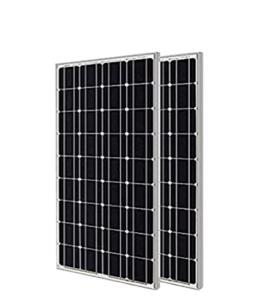
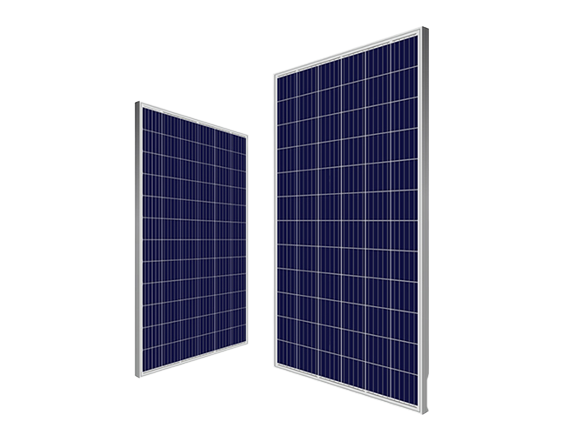
Poly-crystalline solar panels
- Poly-crystalline solar panels, commonly known as multi-crystalline solar panels, are developed as a cheaper substitute for mono-crystalline solar panels.
- Poly-crystalline solar panels are made of silicon fragments and not single pure silicon pieces. Due to this, poly-crystalline solar panels are less efficient and cheaper than mono-crystalline solar panels.
- These panels are good options when it comes to a capped budget or expense.
But this also has several disadvantages: It takes more space to be installed, and the poly-crystalline solar panels are sensitive to higher temperatures and have lower lifespans.
Thin-Film solar panels
- Thin-film solar panels are manufactured with a mix of semiconductor materials like silicon, cadmium, and copper indium gallium selenide.
- Unlink mono-crystalline and poly-crystalline solar panels, and these panels are fragile as the solar cells used are fragile compared to other panels.
- The mix of materials used to bring the efficiency rates for these types of panels even lower than poly-crystalline solar panels.
- The advantage of thin-film solar panels is that they can be quickly manufactured and are flexible. Thus, thin-film solar panels can be a great option for short-term and temporary usage.
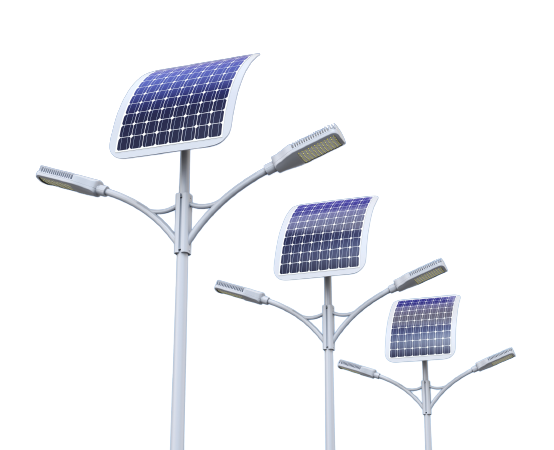
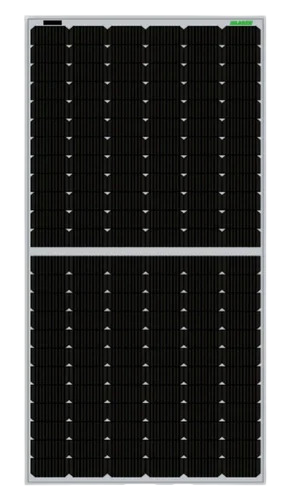
Half Cut Mono Perc Solar panels
- Half cut solar panels offer the best efficiency in terms of performance.
- Energy generated with this type of solar panel will be more economically viable.
- Half-cut cell mono PERC solar modules have solar cells that are divided in half, which enhances the performance and sturdiness of the solar module.
- Traditional solar panels with 60 and 72 cells will contain 120 and 144 half-cut cells, respectively.
- By halving the current of solar cells, resistive losses are reduced, allowing the solar cells to produce more electricity.
Comparing half-cut cells to conventional solar cells, there are various advantages.
- Most importantly, half-cut solar cells have better durability and performance.
- Half-cut cells can improve panel efficiencies by a few percentage points in terms of performance.
- In addition to having higher production rates, half-cut cells are also stronger physically than their conventional counterparts; their smaller size makes them less prone to cracking.
Solar Cell Types & Its Efficiency Rate:
| Solar Cell Type | Efficiency Rate |
| Thin-film solar panel | Up to 7-10% |
| Poly-crystalline solar panels | Up to 15% |
| Mono-crystalline solar panel | Up to 20% |
| Concentrated PV Cell solar | Up to 40 |
3rd Generation solar panels
All the above-mentioned types of solar panels are widely available and used today. However, with the increasing awareness and need for solar energy, industry leaders are developing 3rd generation solar panels which are highly efficient and have longer life spans.
To name some, Biohybrid solar panels, Cadmium Telluride Solar Cell & Concentrated PV Cell solar systems are on the list.
Comparison of Types of Solar Panels on the basis of Cost, Efficiency, Appearance, Advantages & Disadvantages
| Panel’s Type | Cost | Efficiency | Appearance | Advantages | Disadvantages |
| Monocrystalline | High | High | Black/ Darker colour with octagonal shape | Energy efficient Heat resistant | Expensive High carbon footprint |
| Polycrystalline | Medium | Medium | Blue colour with square edges | Affordable Less wastage | Low heat resistance Lower energy efficiency |
| Mono-PERC | Highest | Highest | Black and rounded edges | Most efficient Less space required | Most expensive |
| Thin-film | Lower | Less | Depends on the variant | Lowest installation cost Lightweight | Shorter life span Lower efficiency |
Cost: High
Efficiency: High
Appearance: Black/ Darker colour with octagonal shape
Advantages: Energy efficient Heat resistant
Disadvantages: Expensive High carbon footprint
Cost: Medium
Efficiency: Medium
Appearance: Blue colour with square edges
Advantages: Affordable Less wastage
Disadvantages: Low heat resistance Lower energy efficiency
Cost: Highest
Efficiency: Highest
Appearance: Black and rounded edges
Advantages: Most efficient Less space required
Disadvantages: Most expensive
Cost: Lower
Efficiency: Less
Appearance: Depends on the variant
Advantages: Lowest installation cost Lightweight
Disadvantages: Shorter life span Lower efficiency
If you are looking to install solar rooftop panels at your premises, then get in touch with Saysolar as we have all the types of solar panels available, and our experts can guide you about which type of solar panels will be best for you depending on your needs.
FAQs
1. How many solar panels are required to generate electricity for a house?
Let's Assume an average energy consumption is 1000 kilowatt hours and the installation is of 320-watt panels. Then we can say approximately 30 solar panels will required for your House.
The exact number of solar panels is depends on the size of your house, available roof space and your monthly electricity consumption.2. Which materials are used to made solar Cells?
Silicon - It is the most common semiconductor material which is used in solar cells.
Get in touch
We are here to answer any question you may have. Feel free to reach via contact form.
J/FF-13, Laxmivilla Green Opp. Shalby Hospital Nava Naroda, Gujarat - 382330 India
Email: digital@ailisenergy.com
Phone: +91 8160 676 453
Submit Your Response Now

